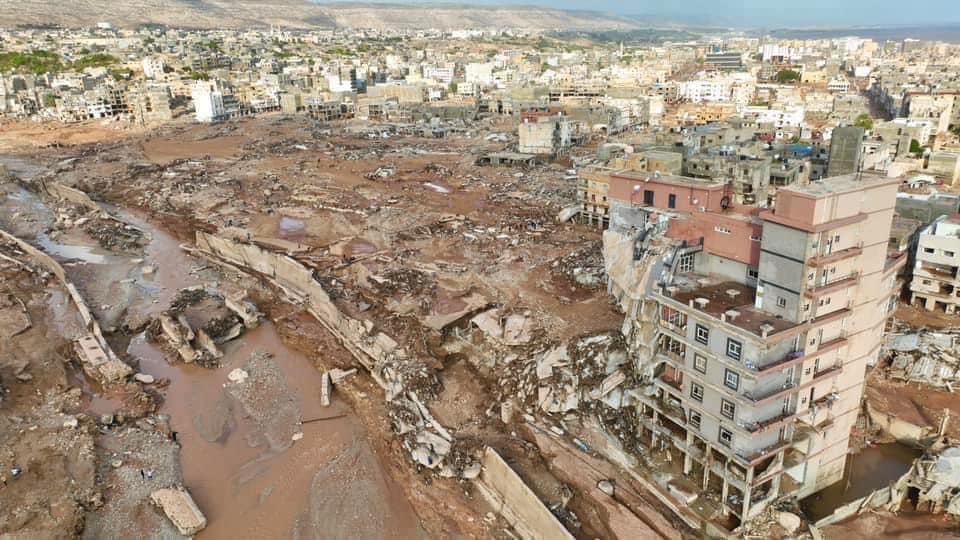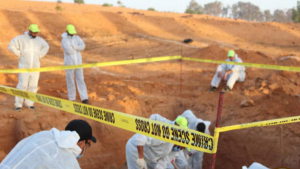In the city of Derna, rescue teams are engaged in a race against time, tirelessly searching for survivors on land and at sea. However, the head of the Tunisian rescue team, Tarek Al-Waslati, has grimly announced that the chances of finding any survivors have become almost non-existent.
From the onset of their operations, the rescue teams have been confronted with numerous challenges in Derna and the disaster-stricken areas. The geographical features of the region, particularly its cavities, have significantly impeded the search and rescue efforts.
Derna’s geography, with its mountains and valleys to the south and beaches extending to the north, east, and west, has always been a source of attraction. However, these same features have now become a source of threat. The valleys south of Derna became a basin storing large quantities of water from the rain that fell in large areas from south and southwest Derna.
The disaster is far from over. The floods swept victims to the sea, marking another phase that complicates the process of finding victims and their spread. The waves pulled victims’ bodies into other valleys located east of the city such as Al-Aqiq, Bou Al-Dhiban, Luqi, further complicating the process.
Kamal Al-Siwi, head of the General Authority for Search and Identification of Missing Persons, has identified locations of bodies in valleys that are difficult to reach in Derna. The Emergency Medical Center and Support also reported detecting many bodies in areas of Derna but could not recover all due to difficult geography and lack of advanced equipment.
In addition to these obstacles faced by rescue teams, hundreds of bodies remain trapped under rubble from collapsed buildings. Other bodies are suspected to have been buried by mud brought by the flood. The work of search and rescue teams remains dependent on mobilizing all capabilities and preparations to overcome rugged mountain and coastal cavities.





